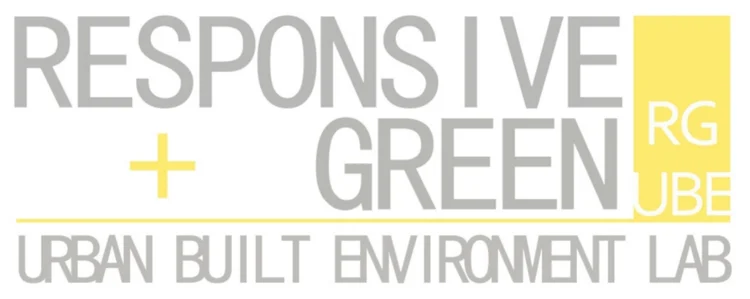

Purpose - Simultaneous to Green Star becoming a broadly accepted mark of design quality and environmental sustainability, Building Information Modelling (BIM) has also been introduced into the industry. BIM is expected to aid designers shift the construction industry towards more environmentally and economically sustainable construction practice. Whilst the aspirations of Green Star rating and BIM implementation are broadly aligned, in the context of New Zealand this has led to some disconnects in design strategy and process. This research attempts to improve the practicality of BIM implementations for delivering Green Star certification in New Zealand.Design/methodology/approach - The extensive literature review is conducted through a series of incremental steps. A conceptual framework focusing on the relationship between benefits and challenges of BIM and Green Star is then developed.Findings - BIM supports practitioners to achieve the majority of Green Star criteria (75%). Energy efficiency criterion is the key factor affecting the assessment process of Green Star and National Australian Built Environment Rating System in New Zealand (NABERSNZ). Research questions about lessening the challenges which can be encountered during the BIM and Green Star implementation are developed.Originality/value - This paper provided a clear picture for investors, developers, practitioners about benefits and challenges of BIM and Green Star implementation. The outcomes are anticipated to deliver visions for shifting the country further towards development of sustainable future cities.Research limitations - The paper lacks the empirical validation of the proposed frameworks.Current output:Publication 1 + Publication 2
info
prev / next
1
·
